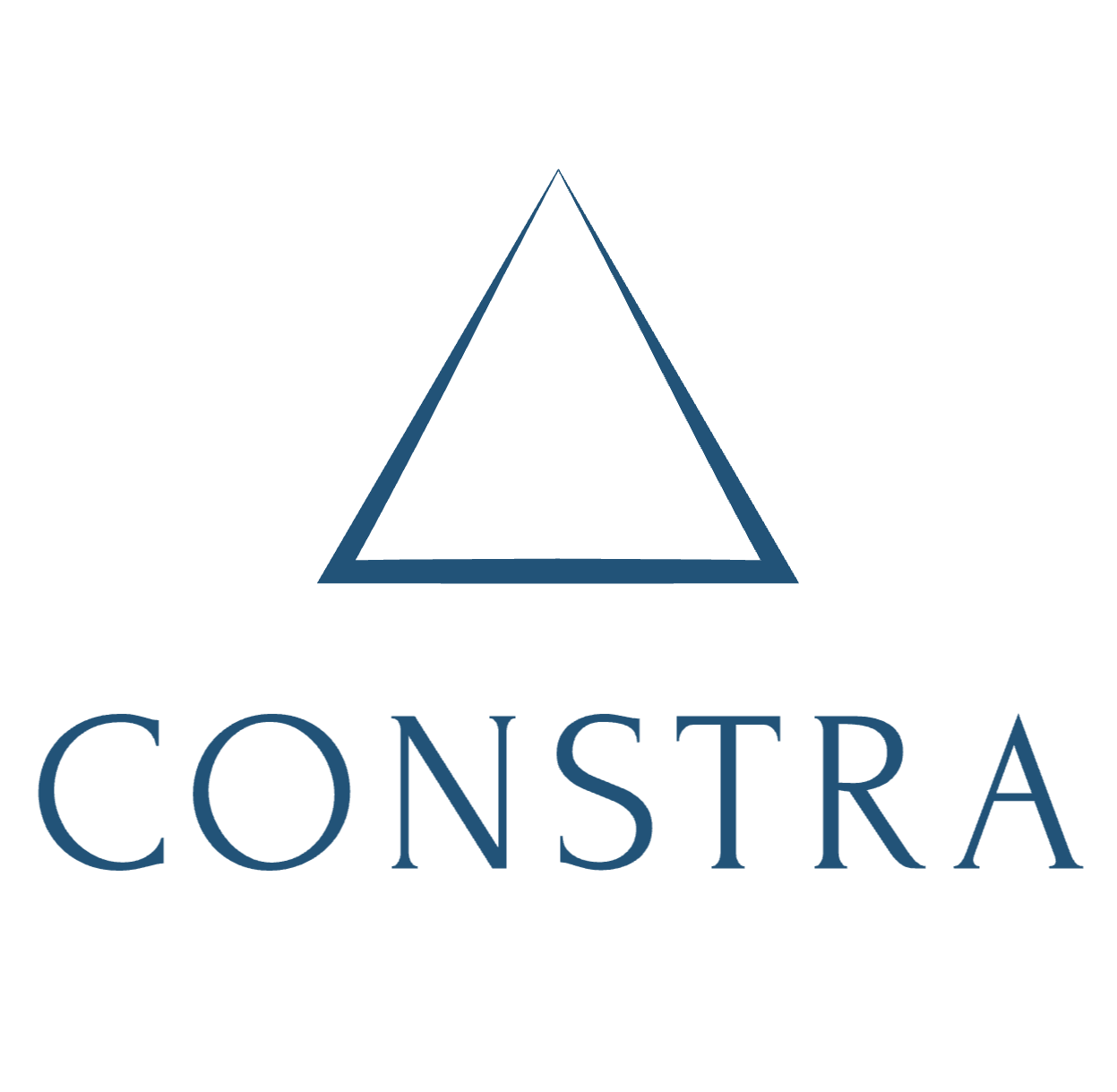Your project site visuals reveal a thousand insights.
The construction industry has traditionally been a highly manual and labor-intensive field. However, with the rise of new technologies, the industry is undergoing a significant transformation, and one of the most exciting developments is the growing use of visual intelligence. The ability to extract insights from project site visuals is becoming an essential tool for construction professionals looking to optimize their operations and improve their outcomes.
Just like you would notice a building steadily progressing over a year or two. Visual Intelligence is helping construction leaders do the exact same thing at a micro or macro level, while also translating that progress in the form of percentages. It helps simplify this process by using visual data captured by drones and 360-degree cameras to distinguish between work packages while simultaneously tracking their progress at specified intervals.
From drone footage and 3D modeling to machine learning algorithms and virtual reality simulations, visual intelligence is providing construction teams with a wealth of data that help them make better decisions, increase productivity, reduce costs, and enhance safety on the job site.

In Construction: Seeing is Believing!
Traditional project management processes often rely on static documentation, such as spreadsheets, drawings, and reports, which can be time-consuming to create, difficult to share, and challenging to update. This can lead to delays, errors, and miscommunication, which can impact project outcomes and profitability.
Moreover, traditional processes do not capture the true picture of the project site, as they are often based on incomplete or outdated information. For example, construction managers may rely on manual inspections or periodic reports to assess the progress of the project, which may not provide a real-time, accurate view of the site. This can make it difficult to identify issues, track progress, and make timely decisions.
In addition, traditional processes can also be inefficient and wasteful. For instance, construction teams may need to rework certain aspects of the project due to errors or miscommunication, which can result in delays and additional costs. Furthermore, paper-based documentation can be lost, damaged, or misplaced, which can lead to further delays and disputes.
Therefore, it is crucial for construction professionals to adopt new technologies that enhance their ability to visualize and manage project information. Visual intelligence technologies, such as drones, 3D modeling, and virtual reality simulations, offer a more accurate, efficient, and cost-effective way to manage construction projects. These technologies provide real-time, high-resolution visuals that enable stakeholders to make more informed decisions and better coordinate their efforts.
Gain Visual Insights all along the project lifecycle.
Visual intelligence technologies capture and analyze data from various sources such as drones, sensors, and cameras. This data is then transformed into 3D models, maps, and other visual representations that enable stakeholders to visualize the project site and its progress more effectively. By using visual intelligence, construction teams identify issues more quickly, make more informed decisions, and reduce the risk of errors and delays.
Visual intelligence is especially useful in different stages of construction projects’ lifecycle.
During the scouting stage, visual intelligence is used to analyze satellite and drone imagery to determine the optimal location for a construction project. This involves analyzing various factors such as terrain, environmental factors, and zoning regulations. Current processes in this stage involve manually collecting and analyzing data, which can be time-consuming and inefficient. Visual intelligence provides a more accurate and efficient way of gathering this information, allowing project managers to make informed decisions about where to build.
During the survey stage, visual intelligence is used to create accurate 3D models of the project site. This involves using drone technology to create detailed maps of the site, which is used to identify potential design flaws and make necessary adjustments before construction begins. Current processes in this stage involve using traditional surveying techniques, which can be costly and time-consuming. Visual intelligence provides a faster and more accurate way of creating 3D models of the site, which reduce costs and improve efficiency.
During the build stage, visual intelligence is used to monitor progress and detect potential issues in real-time. This involves using 360-degree cameras to collect data on various aspects of the construction process, such as virtual walkthroughs, snag management, work breakdown schedule, etc. Current processes in this stage involve manually collecting and analyzing data, which can be time-consuming and error prone. Visual intelligence provides a more accurate and efficient way of monitoring progress and detecting potential issues, which ensure that the project is completed on time and within budget.

Leverage Visual Intelligence Tools for your Projects.
Visual Intelligence enables construction professionals with various tools to derive meaningful information and insights from visual input streams like images and videos for mapping, computation and project management tasks that vastly improve the scope, efficiency, and timeliness of construction projects.
Mapping tools:
Using visual intelligence technology, construction professionals are now able to gain access to 6+ layers of topographical data in one flight, conduct precise computations and analysis on the data, and generate detailed reports in a few working days instead of 8-9 days otherwise.
Digital Surface Model (DSM): Automatically extract terrain features such as elevation, slope, and aspect, providing accurate and detailed information about the topography using high-resolution satellite imagery and advanced algorithms.
Digital Terrain Model (DTM): Remove vegetation and other objects on the surface, creating a bare earth model that represents the ground surface elevation.
Contour Mapping: Generate contour lines, which are lines connecting points of equal elevation providing a clear and detailed representation of the topography.
Orthoimage: Generate orthoimages of a site by using advanced photogrammetric techniques to stitch together multiple high-resolution satellite images into a single georeferenced image.
CAD Overlay: Get a precise and detailed base map for accurate placement and alignment of the geospatial data or CAD drawings on the site, providing a better understanding of the spatial relationships between different features and elements.
Streamflow Simulation: Visual intelligence aids in streamflow simulation by using high-resolution satellite imagery and topographic data to generate accurate and detailed terrain models.

Computation tools:
Area Tool: Measure area and perimeter of any part of the site by drawing a polygon on the orthoimage of the site. Determine the areas and perimeter of any visual entity like buildings, lakes or materials.
Distance Tool: Measure distance of any two points anywhere on the orthoimage with very high precision. Calculate the setback distance, dimensions of the buildings and more.
Volume Tool: Use volume tool to measure volumes of any stockpile or excavation at any construction site.
Elevation Profile Tool: Calculate cross section profile of any area to better plan cut and fill work.
3D Point Cloud Model: Using visual intelligence, a 3D model of the site is created and measurements is done. This model is used to fly/orbit through the site to visualize and measure the details in 3D and plan the work at hand.

Project Management Tools:
360 virtual tours: Visual Intelligence processes the raw 360 camera data captured to provide the following outputs for online visualization –
- 360 virtual tours of the site for interior monitoring
- Correlation of the virtual tour with floor plans
- Comparison of virtual tours of different dates
- Comparison with BIM Models
Visual Progress Reporter: Create progress reports remotely using work breakdown structures and compare the actual vs planned using s-curves.
Snag Management: With visual intelligence, it is easy to create, track and resolve snags while collaborating with multiple stakeholders, in real time. Virtual tour and drone map-based snags are created against work packages and project structures.
Annotation Tool: With visual intelligence, annotations are added to images to highlight issues and tracked till resolution.
Drone Videos and Images: Visualize your site from different angles through precise and high-definition images and videos, captured by drone, of the site and peripheral areas. This helps construction leaders in exterior monitoring of the site.

Future of visual intelligence in construction industry
As we have seen now, the integration of visual intelligence technology in the construction industry has brought about significant advancements in construction processes, from planning and design to construction and maintenance. With the use of drones, 360-degree cameras and other tools, construction companies gather and analyze large amounts of data to improve project management, reduce costs, and enhance worker safety.
Looking to the future, we expect to see further developments in the use of visual intelligence technology in the construction industry. For example, the use of augmented reality (AR) and virtual reality (VR) can provide workers with a more immersive and interactive experience, enabling them to visualize and simulate complex construction projects and identify potential issues before construction begins.
Overall, the future of visual intelligence in the construction industry looks promising, with the potential to revolutionize the way we design, plan, and build structures. By embracing these technologies, construction companies can increase efficiency, reduce costs, and improve worker safety, ultimately leading to more sustainable and innovative construction practices.
Connect with us to know more on how to integrate CONSTRA for your construction project management.




